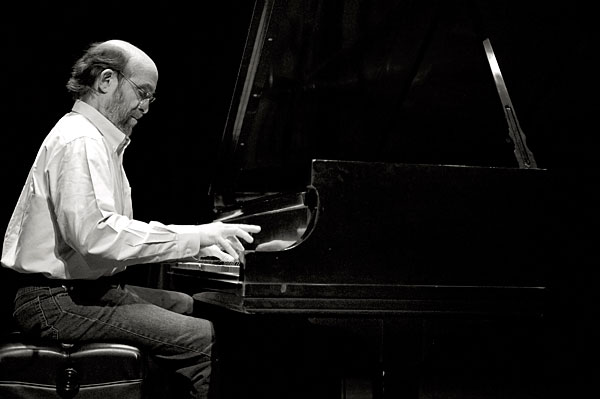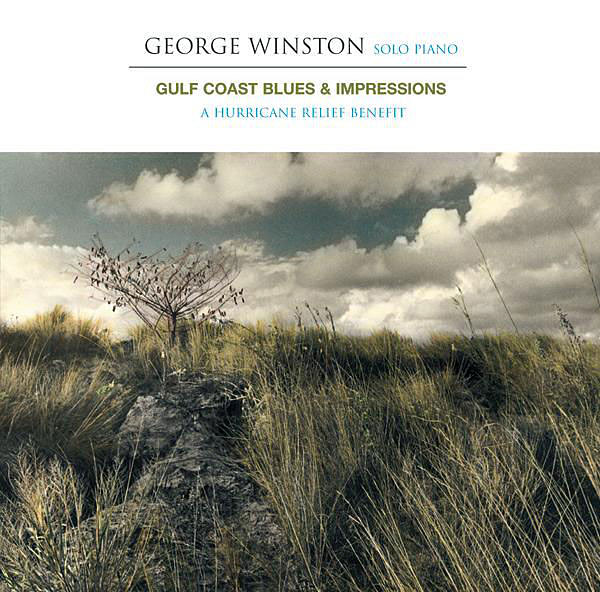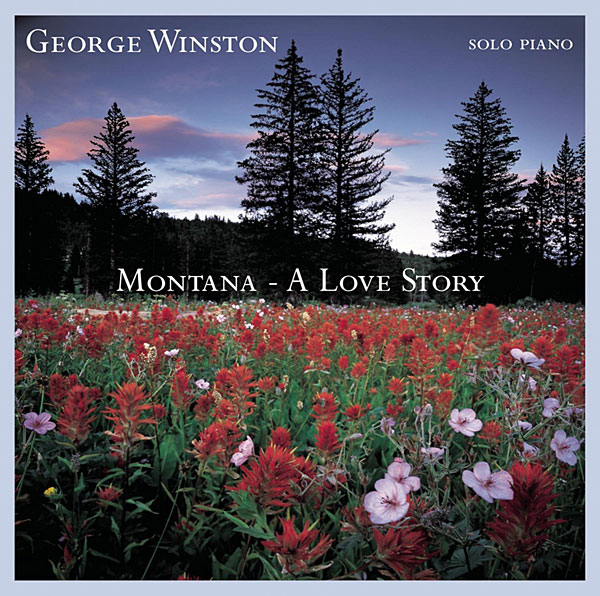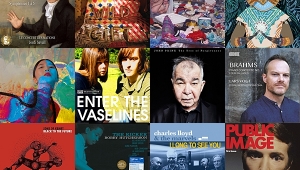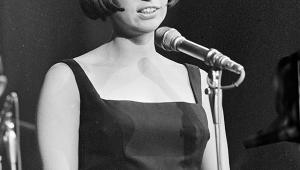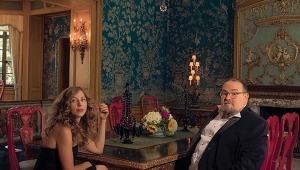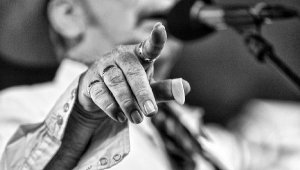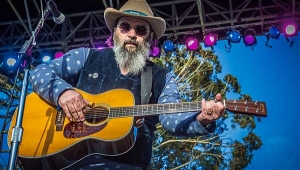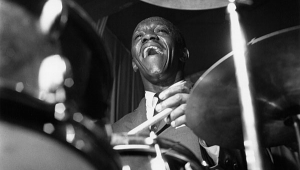| Columns Retired Columns & Blogs |
There was a nifty little store on State St. in Santa Barbara that we shopped at in the 90's through 2004, that had a lot of gift items and a good selection of new-age CDs. I bought some of those CDs - Kim Robertson, Suzanne Ciani, Sheila Chandra, etc. So I tried sampling George Winston on the several albums they listed on iTunes. I tried to find something that didn't seem gimmicky, and could not. Maybe I didn't try hard enough. One artist I found only 6 decent music tracks by, after sampling a large catalog of tracks, was Mantovani. I have just those 6 tracks, and they're quite good with minimal "sweeping strings". But I didn't find anything by Winston unfortunately.
